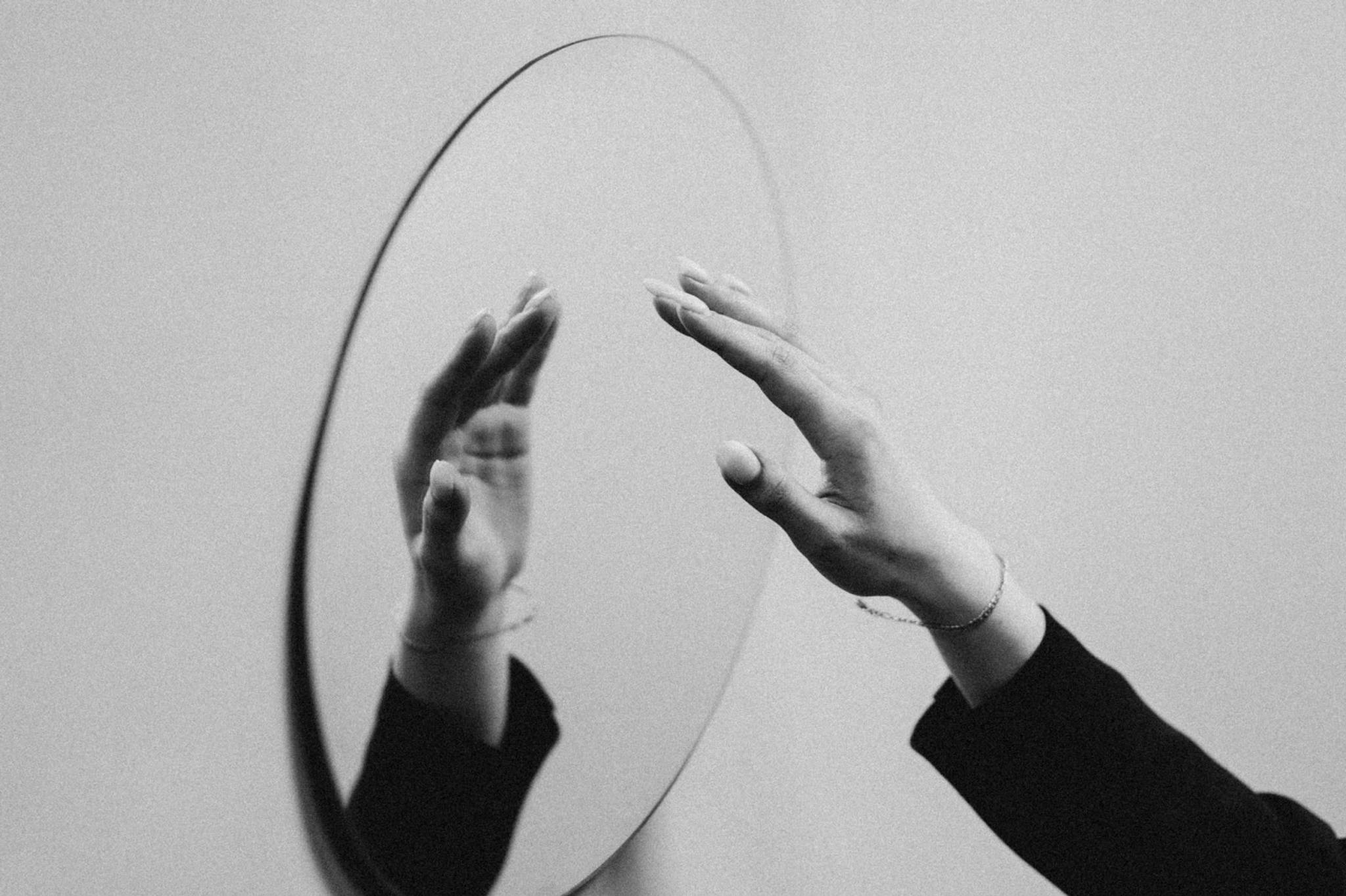
A quick search online will yield dupes for just about anything. A cocktail of the ever-spinning trend cycle, mixed with financial instability that makes people want more for their money, has shifted the perception of dupes from uncool knock-offs to a way of sign-posting fashion savvy and finesse.
At the beginning of 2023, it was pronounced online that being ‘cringe’ was in again. People who lived in fear of saying or wearing the wrong thing, especially on the internet, breathed a sigh of relief.
What’s deeply ironic about this rise in so-called ‘authenticity’ is that many of the products being touted and bragged about online are not authentic. Dupe culture, along with cringe culture, reigns supreme.
It’s one of the ways that Y2K trends differ this time around. Back in the early 2000s, dupes were a faux pas, they were knock-offs, and describing something, or someone, as ‘Kirkland brand’ was an insult.
People were so intent on showing that they did shop at the ‘cool’ stores that they would keep their shopping bags from their weekend mall trip and use them to carry their gym clothes. It was fashion’s form of virtue signalling.
They had to let others know that they did, in fact, go to those stores – they owned something from there and therefore acquired social status. So of course, within that sort of classist culture, knock-offs were a surefire way to stick out like a sore thumb.
But as people don their denim mini skirts and slip their feet into Ugg boots in 2023, it doesn’t matter quite as much if they’re real. In some ways, people are cosplaying with dupe culture as the stakes don’t feel as high.
Of course, social media is also a major factor in the rise of dupe culture. The constant and incessant ability to see what everyone else is doing at any given time has changed our attitudes towards trends. There isn’t much longevity to trends anymore – so many things will have gone viral in the space of a mere month that our capacity to care about what’s ‘in or out’ has been altered.
And of course, young people’s attitudes towards their finances are also at play here. Growing up amid the 2008 market crashes, experiencing a pandemic, and now more financial turmoil, they’re tired – so why spend all that money if you know it isn’t going to be in style a few weeks ahead?
In a piece for The Washington Post, features reporter Maura Judkis describes the new approach to dupes as “a Gen Z rebranding of fashion and beauty products.” Fakes went from being highly uncool to a way to flex your financial and fashion prowess.
At present, if you find a good dupe, people online would be impressed with your savvy and ability to finesse the system while finding a way to simultaneously stand out. Perhaps dupes are emblematic of the tides of anti-ambition that so many find themselves floating in.
In the end, dupes signal another intention-action gap. Consumers push for sustainable, durable and long-lasting items, they want to know the value of the product they’re purchasing – but for many, those standards go out the window when it comes to whatever item is trending online.



